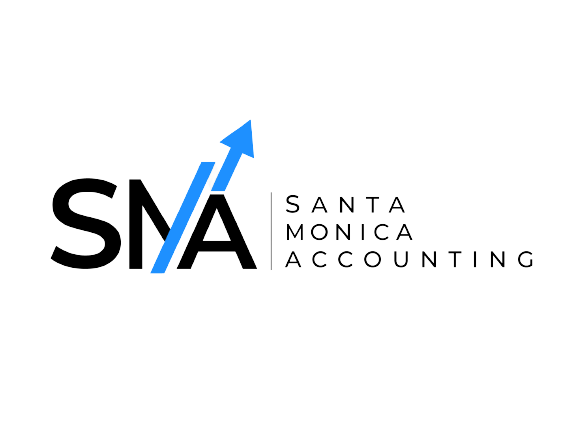In the realm of accounting and business operations, journal entries serve as fundamental tools for recording financial transactions accurately. They form the basis of all financial reporting and provide a detailed chronological record of business activities. Understanding journal entries is crucial for anyone involved in accounting, from financial analysts to business owners, as they ensure the integrity and transparency of financial statements.
This comprehensive guide explores the basics of journal entries, delves into best practices for their preparation and review, and discusses their significance in the broader context of accounting and business management.
This is an info box
1.1 What are Journal Entries?
Journal entries, often referred to simply as “journaling,” are systematic recordings of financial transactions in chronological order within an accounting system. Each entry meticulously documents a single transaction that impacts the financial position of a business, encompassing a wide range of activities such as sales, purchases, expenses, revenues, and other monetary movements. The primary purpose of journal entries is to establish a clear and accurate record of all financial transactions. This chronological record serves as the foundation for preparing financial statements and reports that stakeholders rely upon for decision-making. By meticulously logging these transactions, businesses ensure transparency, accountability, and compliance with accounting standards and regulatory requirements.
Journal entries are typically organized into different accounts based on the nature of the transaction, such as assets, liabilities, equity, revenues, and expenses. These entries not only facilitate day-to-day financial management but also provide essential insights into the financial health and performance of the organization over time. As such, they play a crucial role in supporting informed strategic planning, budgeting, and forecasting initiatives within the company’s financial framework.
1.2 Components of a Journal Entry
1.3 Double-Entry Accounting
| Journal entries adhere to the principle of double-entry accounting, where every transaction affects at least two accounts: one account is debited, and another is credited. This system ensures that the accounting equation (Assets = Liabilities + Equity) remains balanced after each transaction, providing a built-in check for accuracy. |
This is an info box
2.1 Accuracy and Precision
Accuracy is paramount in journal entries. Every transaction must be recorded correctly, with precise amounts and dates. Mistakes can lead to errors in financial reporting and decision-making, underscoring the importance of meticulous attention to detail.
2.2 Timeliness
Recording transactions promptly ensures that financial records are up-to-date and reflective of current business activities. Delayed entries can lead to discrepancies and hinder the accuracy of financial reporting.
2.3 Documentation and Support
Each journal entry should be supported by appropriate documentation, such as invoices, receipts, contracts, or internal records. This documentation serves as evidence of the transaction’s occurrence and helps auditors and stakeholders verify the accuracy of financial statements.
2.4 Review and Approval
A strong review process is essential to identify and correct errors or discrepancies in journal entries before they impact financial reporting. Entries should be reviewed by qualified personnel and approved by authorized individuals to ensure accountability and compliance with internal controls.
2.5 Consistency and Standards
Adherence to accounting standards and internal policies promotes consistency in journal entry practices across the organization. Consistent practices facilitate easier audits, enhance transparency, and strengthen financial reporting credibility.
This is an info box
| 4.1 Financial Reporting | 4.2 Decision-Making | 4.3 Auditing and Compliance |
|---|---|---|
| Journal entries form the basis for financial statements such as the balance sheet, income statement, and statement of cash flows. Accurate entries ensure that these statements provide a true and fair view of the company’s financial performance and position. | Management relies on accurate financial information derived from journal entries to make informed decisions regarding budgeting, investment, pricing strategies, and resource allocation. | Auditors examine journal entries to verify the accuracy and completeness of financial records. Properly documented entries facilitate smooth audits and ensure compliance with regulatory requirements and accounting standards. |
Conclusion
Understanding journal entries is essential for maintaining accurate financial records, supporting informed decision-making, and ensuring compliance with regulatory requirements. By adhering to best practices and principles of double-entry accounting, businesses can enhance transparency, mitigate risks, and facilitate reliable financial reporting. Mastery of journal entries empowers accounting professionals and business leaders to navigate the complexities of financial management with confidence and precision.
By following these guidelines and continually refining journal entry practices, organizations can strengthen their financial foundation and foster long-term success in today’s dynamic business environment.

Thank you for reading with SMA!
Seeking help with your bookkeeping and accounting?
We’re right here for you!
